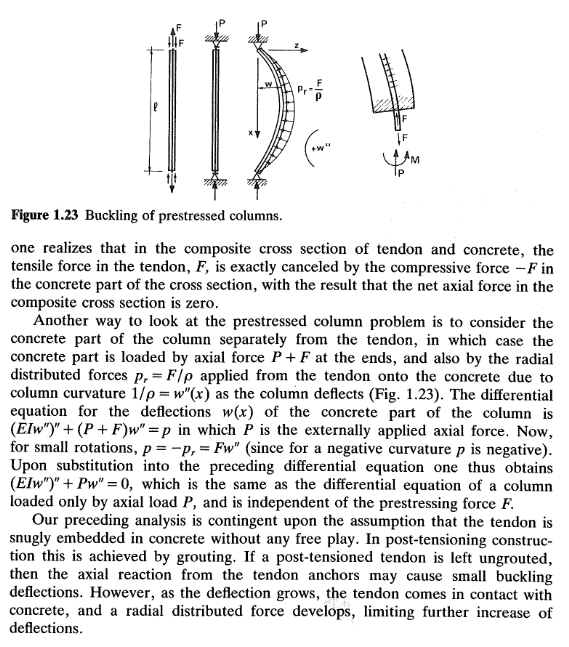diacivil
Structural
- Aug 26, 2015
- 22
There is a proposal suggests that if we used post tensioned slab on expansive soil with zero eccentricity straight tendons, this design can work in both cases of doming and dishing slab in dry and wet condition respectively. The proposal suggest that once the doming and dishing occur, that means we will get some effect of the post tensioned steel. However, I modeled the proposal in Strand7 non-linearly and I got no effect of the post tensioned steel. Once I apply eccentricity, the prestress works perfectly. I am looking to hear from you.

